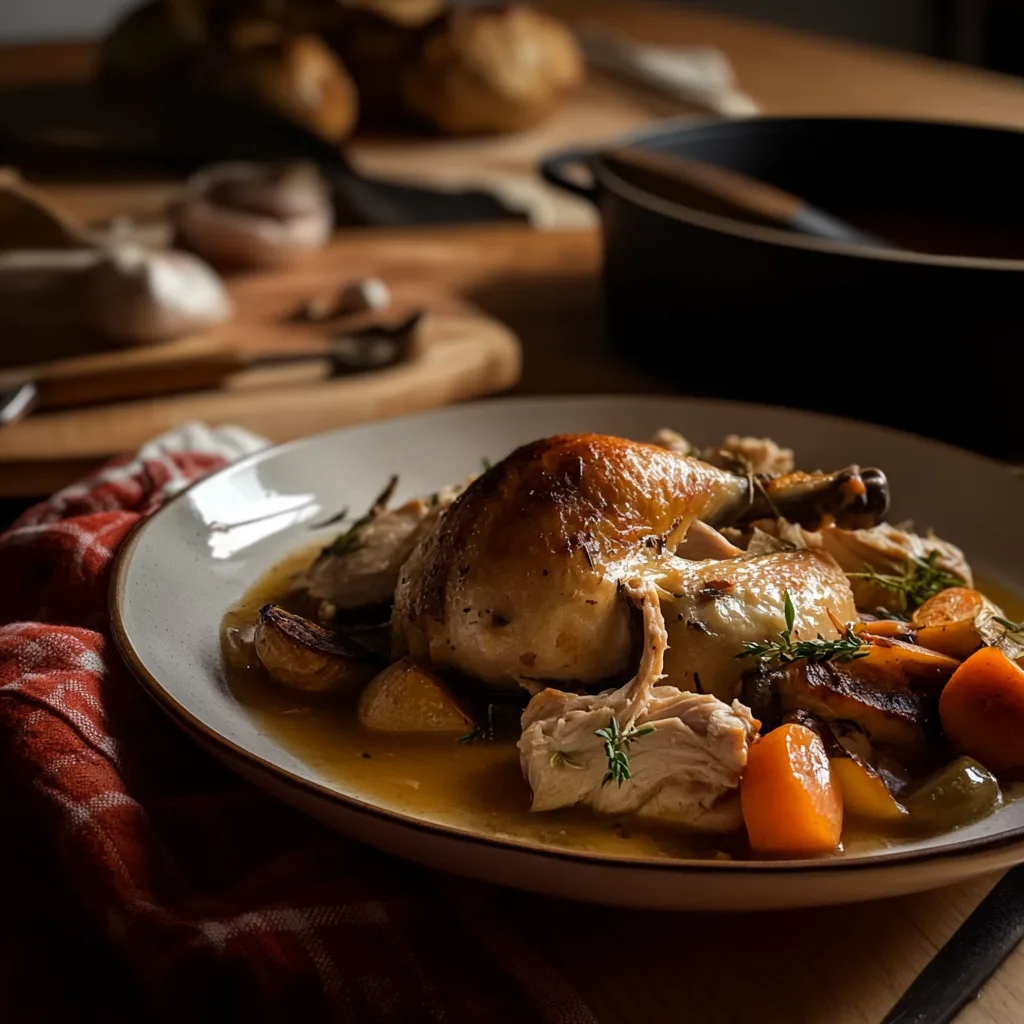Rotisserie Chicken Calories : A Nutritional Powerhouse or Hidden Calorie Trap?
Rotisserie chicken is a beloved staple in many households, thanks to its convenience, and rich, savory flavor. But how does it stack up nutritionally ? Are the calories in rotisserie chicken a cause for concern, or can it fit seamlessly into a balanced diet? This guide aims to answer these questions by exploring the calorie content, health benefits, and practical tips for enjoying rotisserie chicken without overindulging.
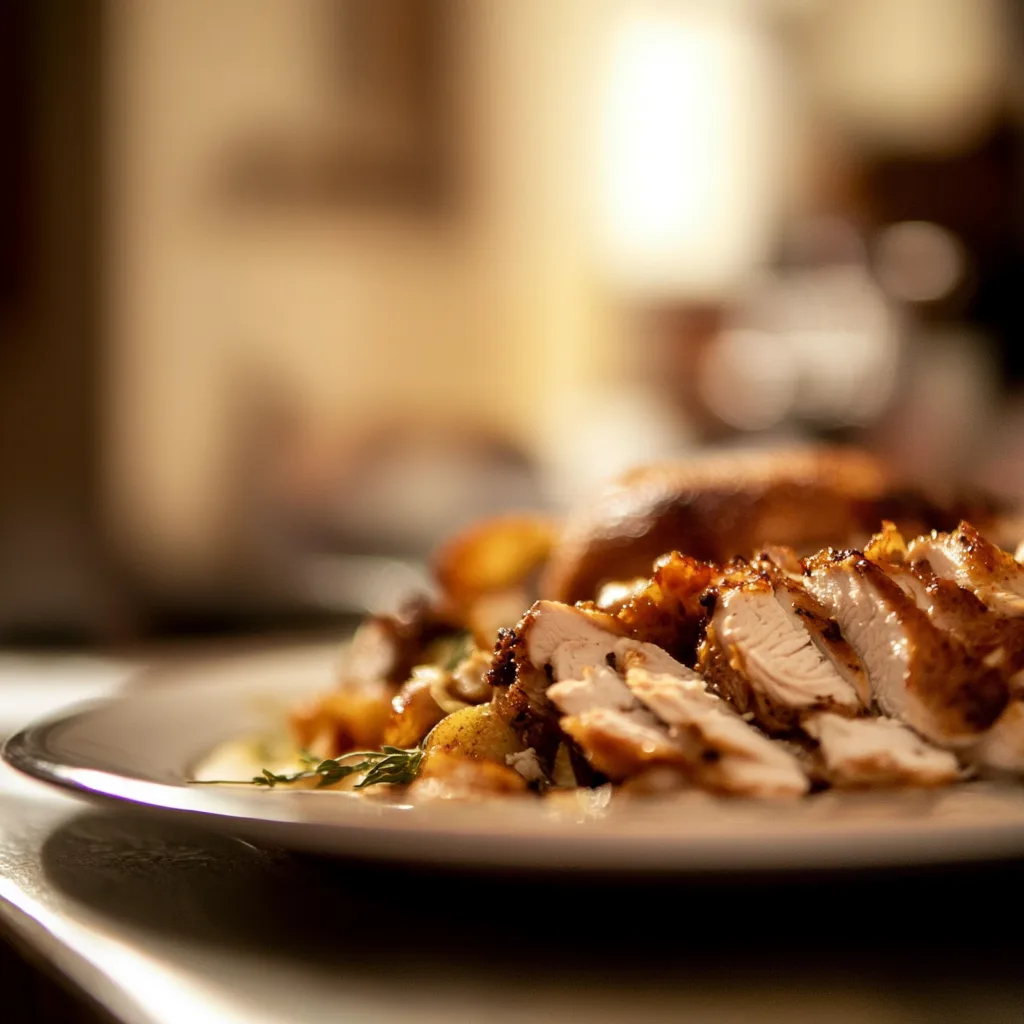
Why Rotisserie Chicken calories
Rotisserie chicken has carved its place as a go-to meal solution for busy families. The slow-roasting method ensures evenly cooked meat that is both tender and flavorful, while the crispy, seasoned skin adds a touch of indulgence. Its versatility makes it suitable for a variety of dishes, from quick wraps to hearty soups.
However, as with any food, understanding the calorie content and nutritional value is crucial. This is especially true for those aiming to manage their weight or maintain a balanced diet. By the end of this guide, you’ll have all the information you need to make informed choices about incorporating rotisserie chicken into your meals.
Exploring the Allure of Rotisserie Chicken Calories
What sets rotisserie chicken apart from other meal options?
- Convenience: It’s ready to eat straight from the store, saving you valuable prep time.
- Affordability: Priced competitively, it provides a budget-friendly protein source.
- Flavorful Cooking: The slow-roasting method locks in juices and enhances the chicken’s natural flavor.
Despite its popularity, questions often arise about its calorie content, especially when considering the skin and seasoning used in preparation. This guide dives deep into these details, helping you understand whether rotisserie chicken is the right choice for your dietary goals. Whether you’re looking to enjoy it as a main course or a versatile ingredient, this guide will empower you to make smarter nutritional decisions.
Why Is Rotisserie Chicken a Popular Choice?
Rotisserie chicken is a favorite for its affordability, flavor, and convenience. It’s ready to eat and serves as a versatile ingredient for soups, salads, and wraps. The slow-roasting method ensures even cooking, yielding tender meat with a flavorful, crispy skin.Rotisserie Chicken Calories
Nutritional Breakdown of Rotisserie Chicken Calories
Understanding the nutritional profile of rotisserie chicken can help you make informed dietary choices.
Calories by Portion
The calorie content in rotisserie chicken varies based on the cut and whether the skin is consumed :
- Breast (skinless): ~120 calories per 3-ounce serving
- Breast (with skin): ~165 calories per 3-ounce serving
- Thigh (skinless): ~180 calories per 3-ounce serving
- Thigh (with skin): ~230 calories per 3-ounce serving
The role of the skin: The skin adds fat, significantly increasing calorie content. Removing it is a simple way to lower calorie intake.
Macronutrient Composition
- Protein: A high-protein choice, offering ~24g per 3-ounce serving.
- Fat: Ranges from 3g (skinless breast) to 9g (with skin).
- Carbohydrates: Naturally low, with 0g per serving.
Micronutrients
Rotisserie chicken is also rich in essential vitamins and minerals:
- Vitamin B3 (Niacin): Supports energy metabolism.
- Selenium: Crucial for immune health.
- Phosphorus: Promotes bone health.
For another nutrient-packed dish idea, explore our healthy baked beans recipes.
Rotisserie Chicken Calories
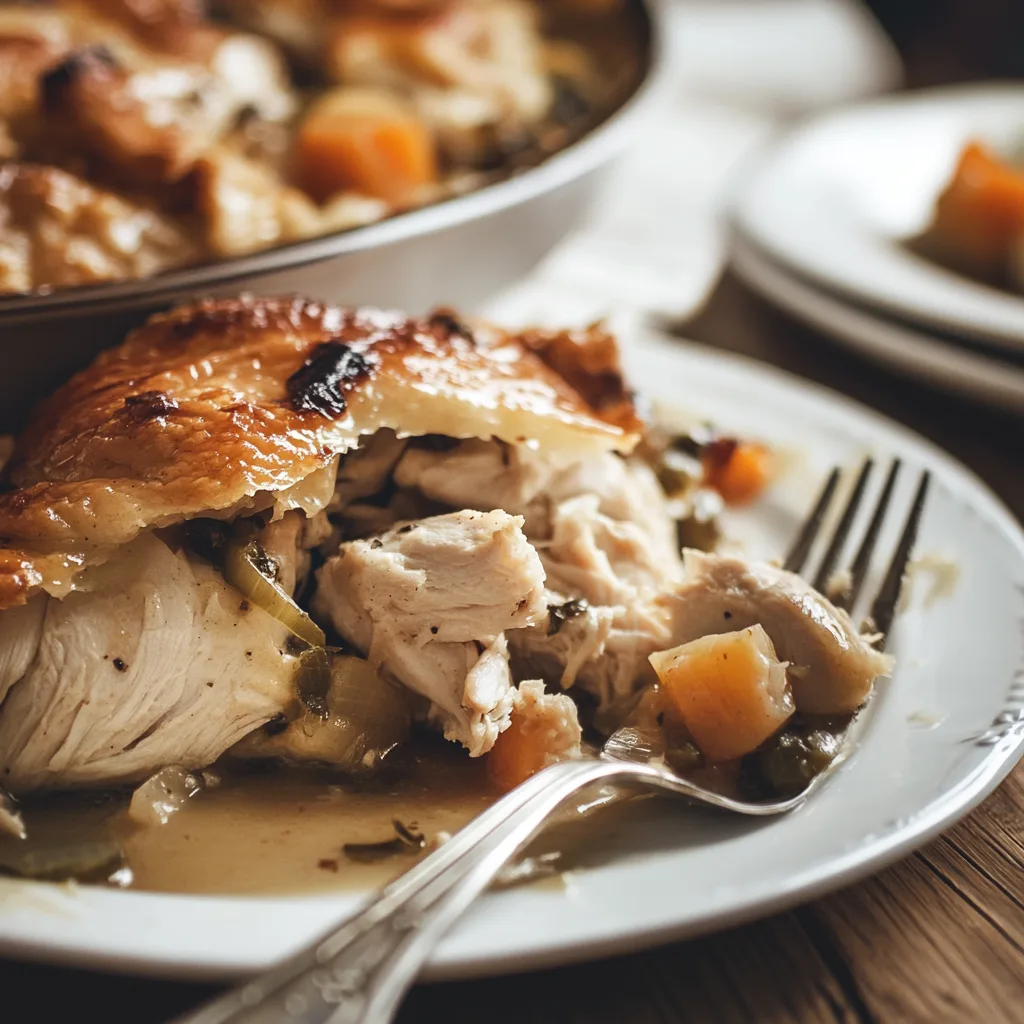
Factors Influencing Rotisserie Chicken Calories Content
Preparation Techniques
Store-bought rotisserie chicken often includes marinades, brines, or seasoning blends containing oils, sugar, or salt, which increase calories and sodium content.
Skin vs. Skinless
The skin contributes most of the fat in rotisserie chicken. By removing it, you can significantly reduce calorie and fat intake.
Store-Bought vs. Homemade
Homemade rotisserie chicken allows for greater control over seasonings and ingredients, offering a cleaner nutritional profile.
Benefits of Including Rotisserie Chicken calories in Your Diet
High-Protein Content
Rotisserie chicken is an excellent protein source, making it ideal for muscle repair and maintenance.
Low-Carb Option
With zero carbohydrates, it fits perfectly into low-carb and ketogenic diets.
Rich in Nutrients
This chicken variety delivers essential vitamins and minerals without excessive calories.
Rotisserie Chicken Calories
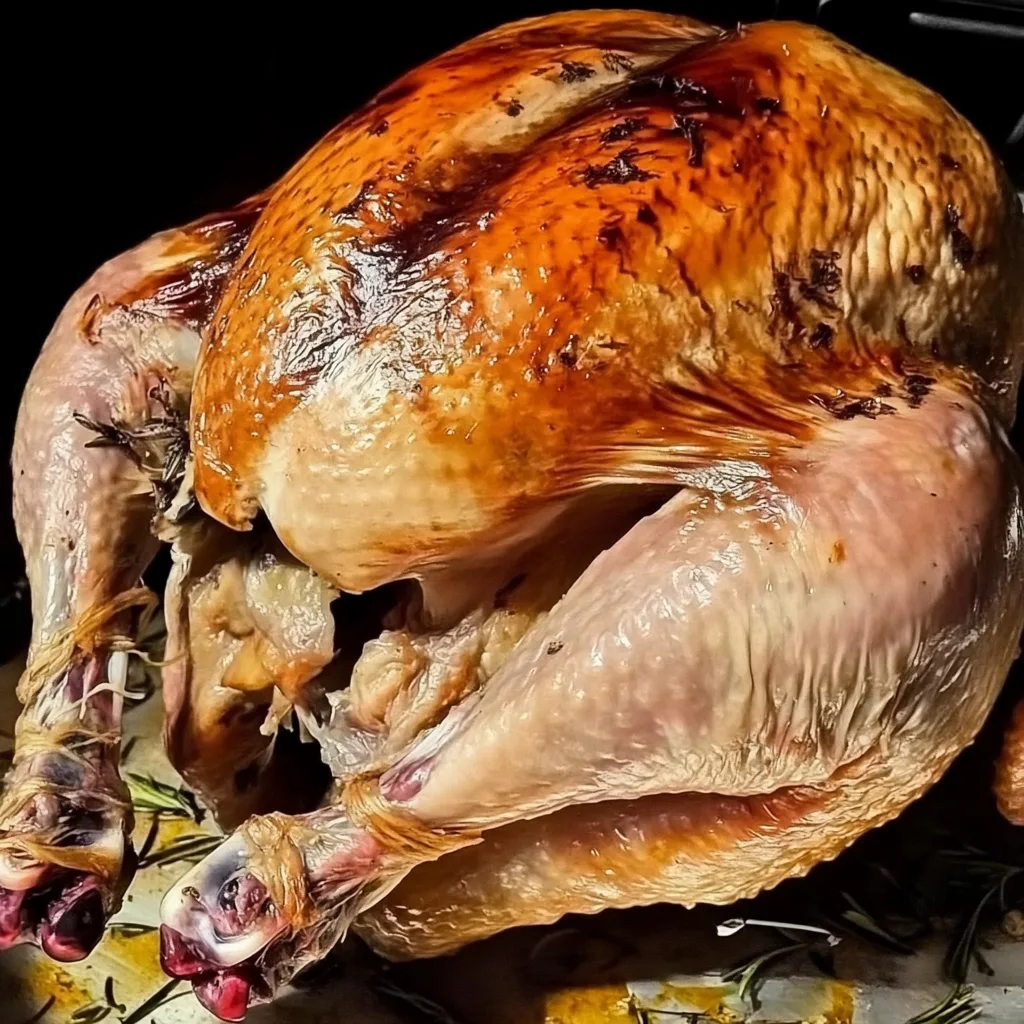
Potential Downsides of Rotisserie Chicken
While it offers numerous benefits, there are some downsides to consider:
- Sodium Levels
Store-bought rotisserie chicken may have high sodium content due to added brines or marinades. - Added Fat from Skin
While the skin adds flavor, it significantly increases fat and calorie content. - Additives and Preservatives
Some brands use preservatives to extend shelf life, which may not align with clean-eating goals.
Meal Ideas Using Rotisserie Chicken
Quick and Healthy Recipes
Rotisserie chicken is a versatile ingredient that fits into various meals:
- Chicken Caesar Salad: Toss shredded chicken with lettuce, Parmesan, and a light dressing.
- Chicken Wraps: Use whole-grain tortillas, chicken, and fresh veggies for a satisfying wrap.
- Chicken and Bean Soup: Pair shredded chicken with hearty baked beans for a protein-packed soup.
Tips for Managing Calories
- Portion Control: Stick to 3-4 ounces per serving.
- Remove the Skin: Reduces fat and calorie intake.
- Pair with Vegetables: Roasted broccoli, carrots, or asparagus are excellent low-calorie sides.
Comparing Rotisserie Chicken to Other Options
Rotisserie Chicken vs. Fried Chicken
- Calories: Rotisserie chicken has fewer calories due to its roasting method.
- Fat: No added oils in the cooking process lower fat content.
Rotisserie Chicken vs. Grilled Chicken
- Flavor: Rotisserie chicken is more flavorful due to its cooking method.
- Control Over Additives: Grilling offers more control over seasonings.
FAQs: All About Rotisserie Chicken Calories
1. How many calories are in a rotisserie chicken breast with skin?
A 3-ounce serving of rotisserie chicken breast with the skin contains approximately 165 calories. The skin significantly contributes to the calorie count due to its fat content. If you’re looking to reduce calories, removing the skin can lower this to around 120 calories for the same portion.
Rotisserie Chicken Calories
2. How many calories are in a whole rotisserie chicken?
The calorie count of a whole rotisserie chicken varies depending on size and preparation methods. On average:
- With skin: ~1,200–1,500 calories.
- Without skin: ~1,000–1,200 calories.
These values depend on the marinade and whether dark or white meat is consumed. - Rotisserie Chicken Calories
3. Is rotisserie chicken healthy for weight loss?
Yes, rotisserie chicken can be a great option for weight loss, as it is high in protein and low in carbohydrates. Protein promotes satiety, helping to reduce hunger and calorie intake. However, to optimize its health benefits:
- Opt for skinless portions to minimize fat and calorie content.
- Be mindful of sodium levels in store-bought options, as high sodium can lead to water retention.
4. What is the sodium content in rotisserie chicken?
Store-bought rotisserie chickens often have added sodium due to marinades or brines. Sodium content can range from 450mg to 700mg per 3-ounce serving. This can account for up to 30% of your recommended daily sodium intake. If you are watching your sodium levels:
- Look for “low-sodium” options.
- Consider preparing your own rotisserie chicken at home to control salt usage.
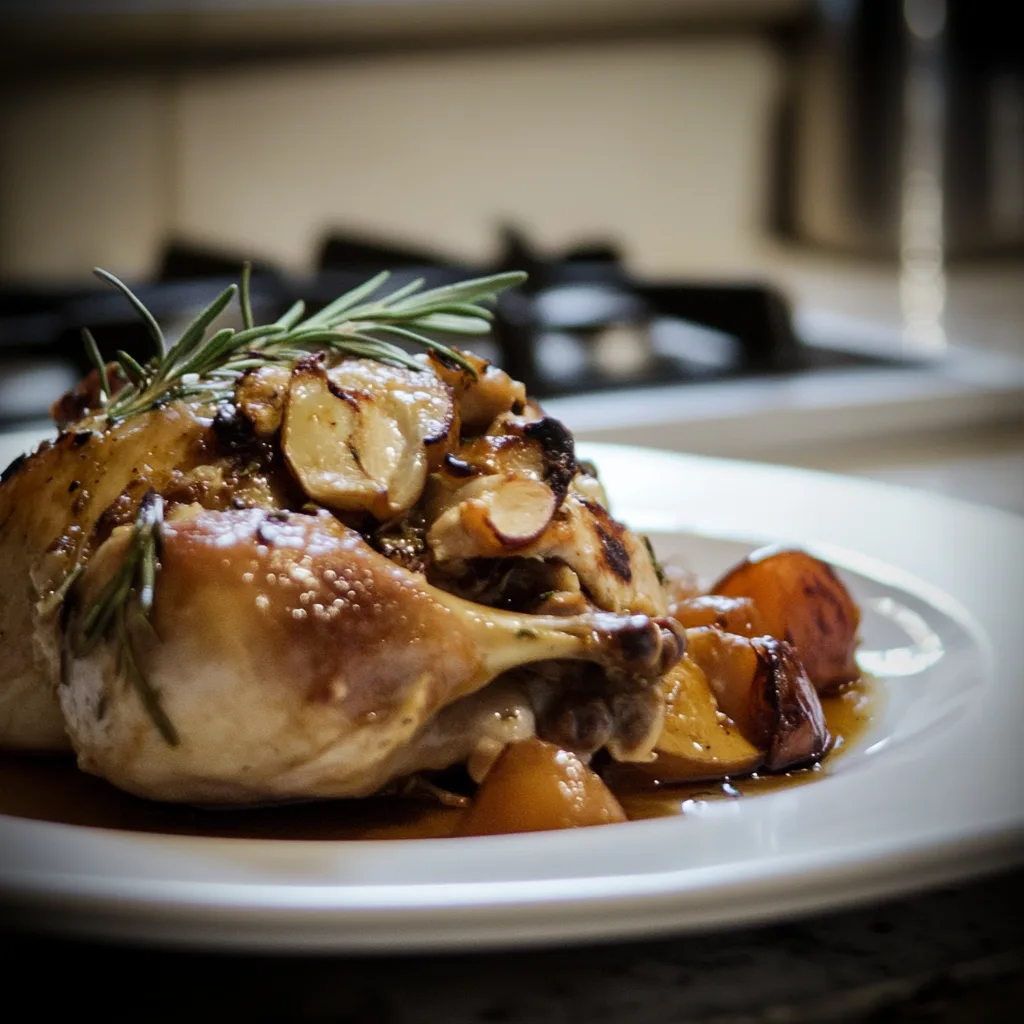
5. Can I eat rotisserie chicken every day?
While rotisserie chicken is a healthy protein source, moderation is key:
- Pros: It’s nutrient-dense and convenient, making it a good choice for quick meals.
- Cons: Regular consumption of store-bought rotisserie chicken may lead to excessive sodium intake.
To balance your diet, pair it with fresh vegetables, whole grains, and avoid eating the skin regularly.
6. How does rotisserie chicken compare to grilled or fried chicken?
- Grilled Chicken: Contains fewer calories and less fat than rotisserie chicken, especially if the skin is removed. It also allows for better control over seasonings and marinades.
- Fried Chicken: Higher in calories and fat due to the frying process, making rotisserie chicken a healthier alternative.
7. What is the best way to reheat rotisserie chicken?
To maintain moisture and flavor:
- Oven Method: Wrap the chicken in foil and heat at 350°F for 15–20 minutes.
- Microwave Method: Place chicken in a microwave-safe dish, cover with a damp paper towel, and heat for 1–2 minutes.
- Stovetop Method: Sauté shredded chicken with a small amount of broth for added moisture.
8. Can rotisserie chicken be part of a keto diet?
Yes, rotisserie chicken is an excellent choice for a keto diet as it is naturally low in carbohydrates. Choose skinless breast meat for a leaner option, or enjoy the skin for a higher fat content, which aligns with ketogenic macronutrient ratios.
9. How do I make homemade rotisserie chicken healthier?
Preparing rotisserie chicken at home gives you control over ingredients:
- Use minimal salt and avoid pre-packaged marinades.
- Opt for herbs, garlic, and spices for seasoning instead of sodium-heavy rubs.
- Roast the chicken at 375°F, basting occasionally for added flavor without excess calories.
10. How long does leftover rotisserie chicken last?
Properly stored in an airtight container, leftover rotisserie chicken can last:
- In the refrigerator: 3–4 days.
- In the freezer: Up to 3 months.
For food safety, ensure the chicken is refrigerated within 2 hours of cooking or purchase.
11. What’s the difference in calories between white and dark meat?
- White Meat (Breast): Lower in calories and fat. A 3-ounce serving of skinless breast has ~120 calories and 3g of fat.
- Dark Meat (Thigh or Drumstick): Higher in calories and fat. A 3-ounce serving of skinless thigh has ~180 calories and 9g of fat.
Dark meat offers more flavor and contains slightly more iron and zinc compared to white meat.
12. Can I use rotisserie chicken for meal prep?
Absolutely! Rotisserie chicken is a versatile ingredient for meal prep:
- Shred and store for salads, wraps, or casseroles.
- Pair with healthy sides like quinoa, roasted vegetables, or whole-grain pasta.
- Use it in soups or stews for added protein and flavor.
13. Does the cooking method of rotisserie chicken affect its calories?
Yes, the cooking method matters. Rotisserie chicken is roasted, which means no added frying oils. This results in fewer calories compared to fried options, but additional marinades or basting liquids can increase calorie and fat content.
These FAQs provide in-depth insights into the calorie content, health benefits, and versatile uses of rotisserie chicken, empowering you to make informed dietary choices while enjoying this convenient and flavorful protein option.
Conclusion: Making the Most of Rotisserie Chicken
Rotisserie chicken is a convenient, delicious, and nutrient-rich meal option. By understanding rotisserie chicken calories and making mindful choices—such as removing the skin or preparing it at home—you can enjoy its benefits while staying on track with your health goals. Pair it with nutrient-dense sides, such as roasted vegetables or baked beans, for a satisfying and balanced meal.
Check out our guide on leftover rotisserie chicken ideas for creative ways to maximize your meal preparation.

